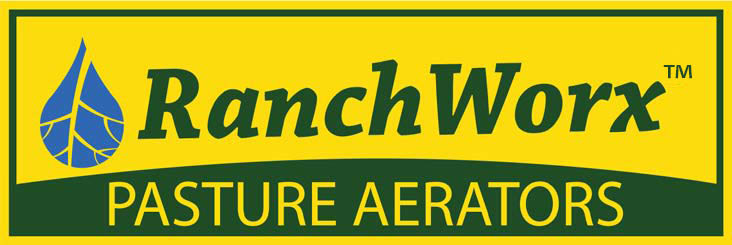In a time marked by climate-conscious agriculture, farmers and ranchers are turning towards practices that not only yield abundant harvests but also fortify the very earth that sustains them. Among these practices, aeration has emerged as a linchpin in the reg farming movement. This method, far being a simple agricultural task, plays a multifaceted role in nurturing the soil ecosystem. Through this article, we will dive into how aeration is not just poking holes in the ground. It is breathing new life into the soil, aiding in the restoration of its natural vigor and fertility.
The Essence of Soil Aeration
Soil aeration involves perforating the earth to allow air, water, and nutrients to penetrate the root zone. This seemingly straightforward act is a catalyst for a series of beneficial processes that orchestrate the complex symphony of soil health. Regenerative farming practices acknowledge that a well-aerated soil is the bedrock of sustainable agriculture. It provides a habitat where beneficial microorganisms can thrive and where plant roots can explore freely.
Benefits of Enhanced Oxygen Flow
- Root Respiration: Oxygen is vital for root respiration, the process by which plant roots convert sugars into energy. Adequate aeration ensures roots have access to the oxygen they need to support plant growth and vigor.
- Decomposition of Organic Matter: Aerobic soil organisms play a key role in breaking down organic matter. By aerating the soil, these microorganisms are more efficient in decomposing crop residues and organic amendments, turning them into plant-available nutrients.
- Disease Suppression: Soil pathogens are often anaerobic, meaning they thrive in environments devoid of oxygen. Aeration disrupts these conditions, reducing the incidence of soil-borne diseases.
Water Infiltration and Utilization
Regenerative farming seeks to optimize water use, and aeration is instrumental in this pursuit. Compacted soils impede water penetration, leading to runoff and erosion. However, aerated soils absorb water like a sponge, providing resilience against drought and facilitating water uptake by plant roots. The RanchWorx aerators, with their innovative RanchTech blades, exemplify this principle by enhancing the soil’s capacity to receive and hold water, pointing to a direct correlation between aeration and improved crop yields.
Integrating Aeration into Regenerative Practices
Regenerative farming is not a one-size-fits-all approach; it’s a holistic method that integrates various practices to revive the land. Aeration fits into this puzzle by improving the physical structure of the soil, which can be particularly beneficial in lands that have been subject to heavy use or compaction. By implementing tools like those offered by RanchWorx, which are designed for maximum effectiveness and minimal maintenance, farmers can incorporate aeration into their regenerative agriculture programs with ease.
Conclusion
The role of aeration in regenerative farming cannot be overstated. It’s a practice that not only improves the immediate condition of the soil but also sets the stage for sustainable growth and productivity for years to come. As we strive to produce food in harmony with nature, tools like those from RanchWorx are not merely implements, but allies in the mission to regenerate and protect our precious soil resources.

